
Reading Time: mins
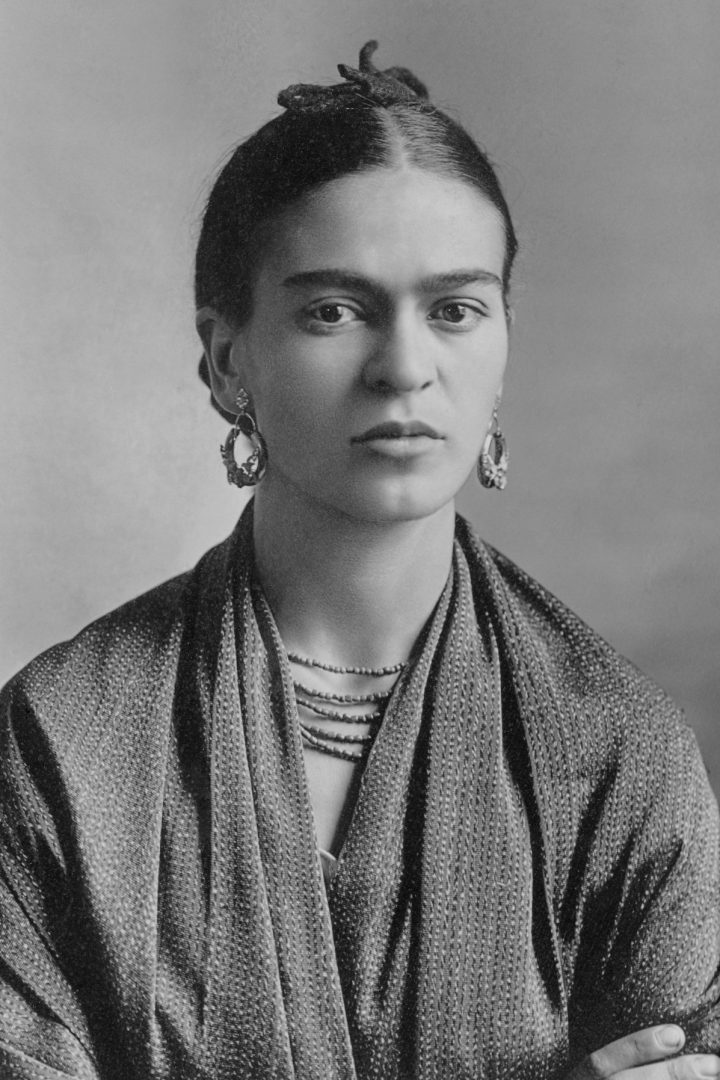
Few artists have captured the world’s imagination like Frida Kahlo. Her vivid self-portraits, deeply personal symbolism, and bold personality made her one of the most recognizable figures in 20th-century art. Beyond her striking visual style, Kahlo’s work tells a story of resilience, cultural pride, and the search for identity.
Frida Kahlo was born in 1907 in Coyoacán, Mexico City, into a household that blended European and Mexican heritage. From a young age, she was influenced by the vibrant colors, folklore, and traditions of Mexican culture—elements that would later fill her paintings.
Her childhood, however, was far from easy. At six years old, Kahlo contracted polio, which left her with a limp. Still, she was determined and spirited, often participating in sports and activities not typically encouraged for girls at the time.
At the age of 18, Frida’s life took a dramatic turn. She was in a serious bus accident that caused multiple injuries and required long periods of recovery. It was during these months in bed that she began to paint more seriously. Using a special easel and a mirror placed above her, Kahlo painted her first self-portraits.
This event marked a turning point—not only in her health but in her destiny as an artist. Painting became both a form of self-expression and a way to process her struggles.
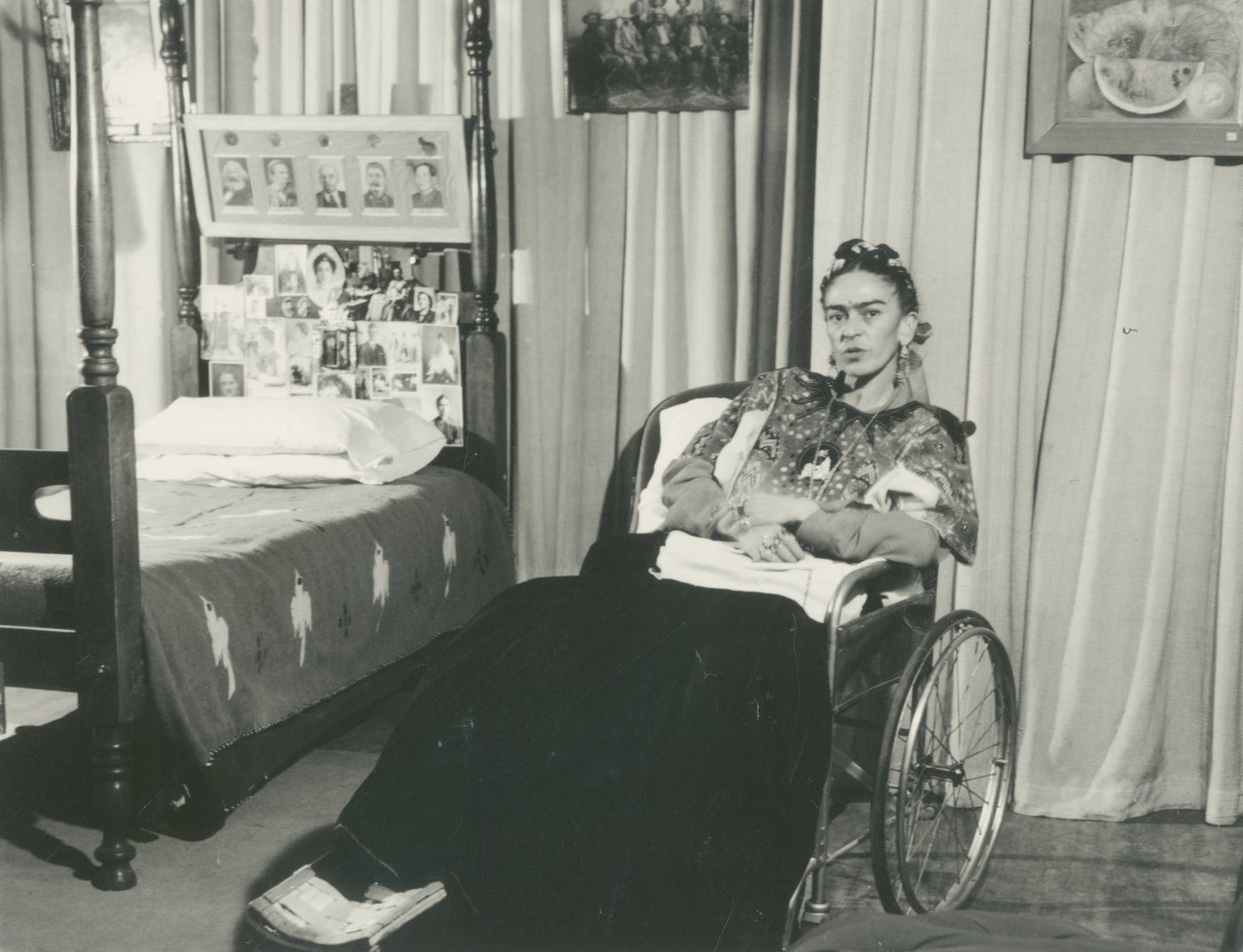
Frida Kahlo’s paintings are often described as surrealist, but she rejected that label. Instead, she insisted that her art reflected her own reality.
Her works are filled with symbolism: lush plants, animals, and references to Mexican folk traditions. She frequently included herself in her paintings, making self-portraiture a central part of her art. These weren’t simple likenesses; they explored her identity, emotions, and inner world.
One of her most famous works, The Two Fridas (1939), shows two versions of herself sitting side by side, connected by a vein. It is a powerful exploration of dual identity and emotional struggle.
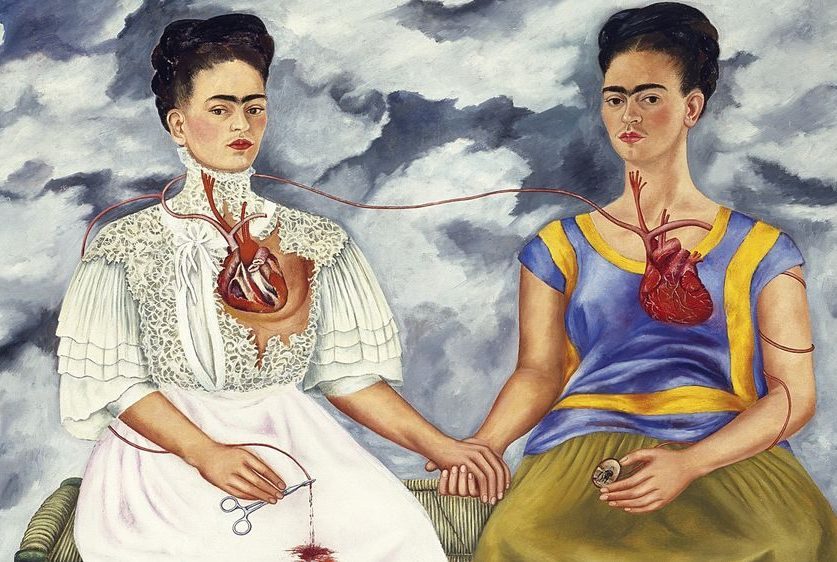
Frida Kahlo’s personal life was as colorful and complex as her paintings. She married Diego Rivera, a celebrated Mexican muralist, in 1929. Their relationship was full of passion, collaboration, and challenges. Both artists admired and influenced one another’s work, but their union was also tested by personal differences.
Despite the difficulties, Rivera often encouraged Kahlo to pursue her own voice as an artist. Their marriage placed Kahlo in the heart of the Mexican art world, where she met influential figures, from political leaders to international celebrities.
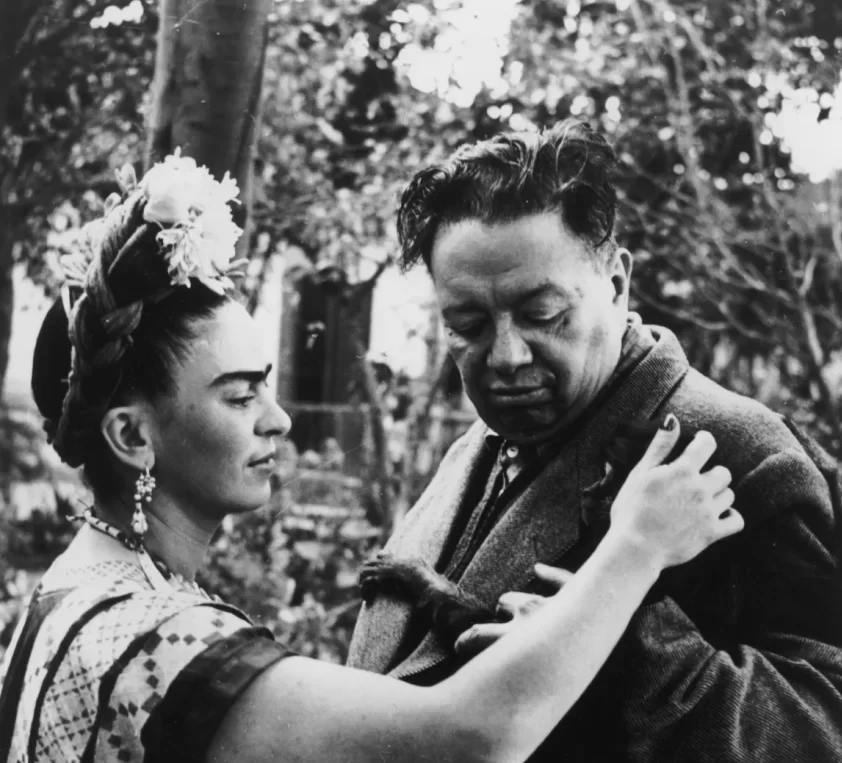
One of the most striking aspects of Kahlo’s image was her embrace of traditional Mexican dress and culture. She often wore Tehuana-style dresses, braided hairstyles decorated with flowers, and bold jewelry inspired by Indigenous traditions.
This was more than a fashion statement—it was a declaration of pride in her heritage. Kahlo lived during a time when Mexico was redefining its cultural identity after revolution, and she became a symbol of national pride and creativity.
Her house, known as La Casa Azul (The Blue House), reflected this same spirit. Today, it is preserved as the Frida Kahlo Museum, a vibrant space filled with her personal belongings, art, and artifacts of her life.
🎨 Visit: Frida Kahlo Museum – La Casa Azul
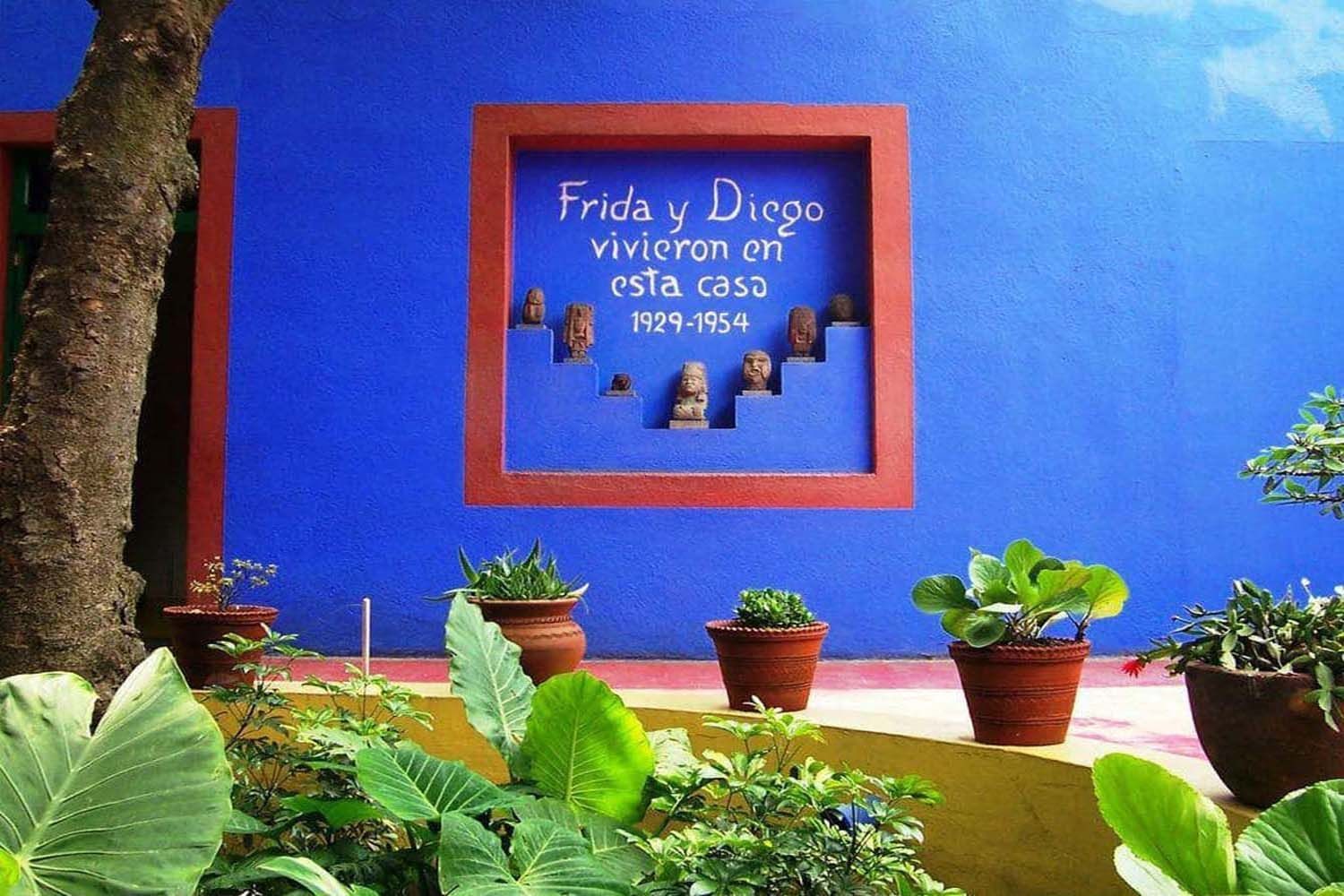
Although she produced fewer than 200 paintings in her lifetime, Kahlo’s impact has been immense. She gained recognition during her life but became a true global icon in the decades after her passing in 1954.
Her work is now celebrated in major museums, and her face has become a symbol of resilience, creativity, and individuality. Beyond the art world, Kahlo represents empowerment—especially for women, people with disabilities, and those who use creativity to overcome hardship.
Frida Kahlo’s story is one of courage, creativity, and cultural pride. She turned her personal struggles into masterpieces that continue to inspire millions worldwide. Whether you see her as a painter, an icon of resilience, or a symbol of identity, her legacy reminds us that even in life’s hardest moments, beauty and meaning can be found.
To step into her world is to embrace color, honesty, and the power of self-expression. And in that sense, Frida Kahlo is not just remembered as a painter but as a storyteller whose voice still echoes across generations.
Copyright © 2025. Artsy Blossom. All rights reserved.
Designed and Hosted by Sairi Digital Solutions